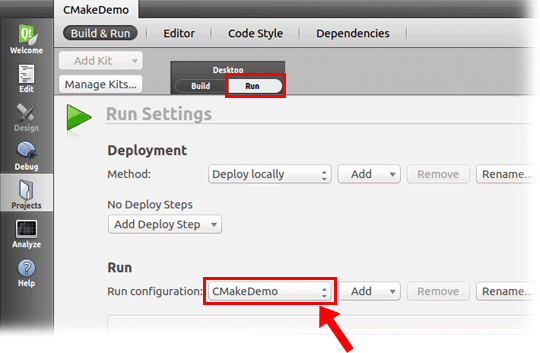

#CMAKE GENERATOR FOR ANDROID#
#CMAKE GENERATOR GENERATOR#
Specify the generator with the -G command line switch. You only need to re-run CMake itself if your project changes, eg by adding a new file, ro changing config. Thus, once you’ve generated these once, you use that tool to build. This conversion is a generator: it generates the files / data for a specific build system. Instead, it uses the tools already on your system, and converts the CMakeLists.txt file into the data these tools need to build. Today I’d like to cover using CMake generators, and specifically Ninja for fast parallel builds.ĬMake is a compiler- and platform-independent project system, but despite its name it doesn’t actually do any making or building. JSON IntelliSense helps you edit the CMakeSettings.json file:įor more information about each of the properties in the file, see CMakeSettings.json schema reference.One big new feature in 10.2.3 is support for building with CMake. If you haven’t already, read the previous two posts: introduction to CMake and building with Windows, and building for iOS and Android. This name appears in the C++ configuration dropdown. The following settings are available under the General heading: Configuration nameĬorresponds to the name setting. Visual Studio never modifies CMakeLists.txt automatically by using CMakeSettings.json you can customize the build through Visual Studio while leaving the CMake project files untouched so that others on your team can consume them with whatever tools they're using. This file provides command-line arguments and environment variables that are passed to CMake when you build the projects.

The options that you choose in the editor are written to a file called CMakeSettings.json. The settings that you see in the editor might vary depending on which configuration is selected.

#CMAKE GENERATOR PLUS#
You can add more configurations by choosing the green plus sign. Visual Studio provides one 圆4-Debug configuration by default. Now you see the Settings Editor with the installed configurations on the left. To open the CMake settings editor, select the Configuration drop-down in the main toolbar and choose Manage Configurations. However, if you prefer to edit the file directly, you can select the Edit JSON link in the upper right of the editor. It's intended to be a simpler alternative to manually editing the CMakeSettings.json file. The editor lets you add CMake configurations and customize their settings easily. If you maintain projects that use a CMakeSettings.json file for CMake build configuration, Visual Studio 2019 and later versions provide a CMake settings editor. For more information on CMakePresets.json, see Configure and build with CMake Presets. CMakePresets.json is supported directly by CMake and can be used to drive CMake generation and build from Visual Studio, from VS Code, in a Continuous Integration pipeline, and from the command line on Windows, Linux, and Mac. CMakePresets.json is supported by Visual Studio 2019 version 16.10 or later and is the recommended CMake configuration file. Visual Studio uses a CMake configuration file to drive CMake generation and build.


 0 kommentar(er)
0 kommentar(er)
